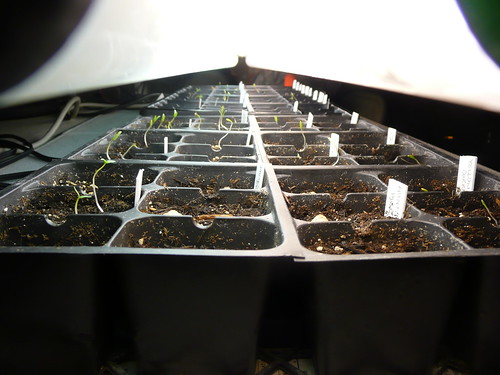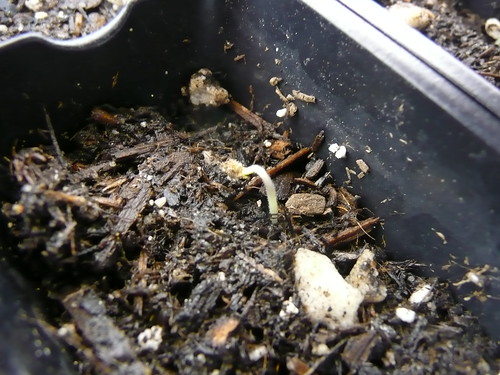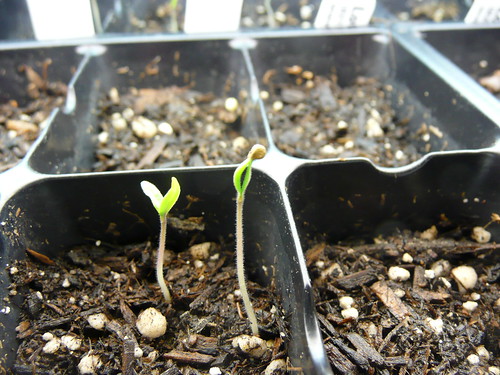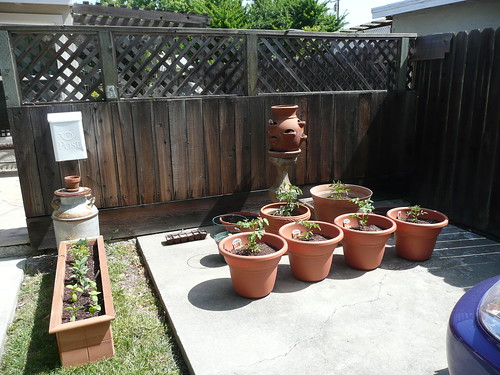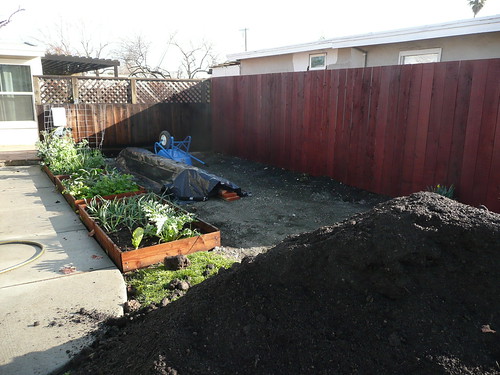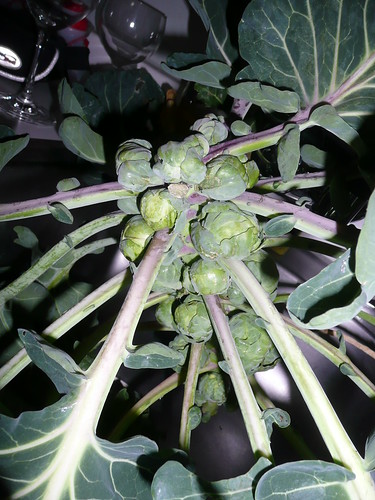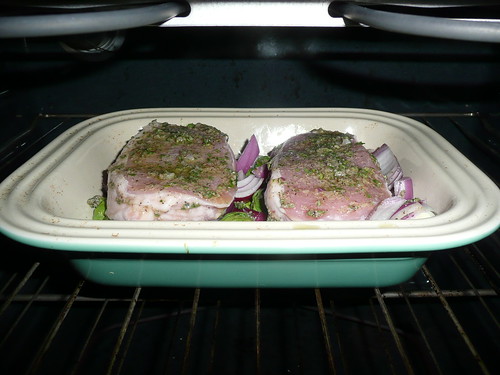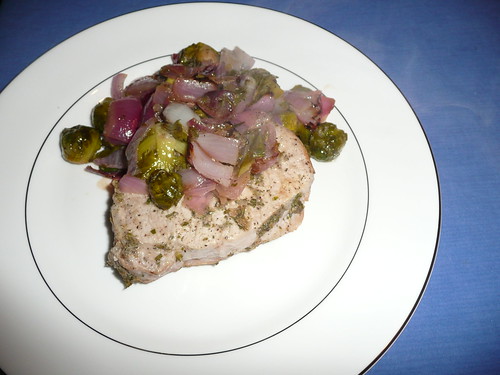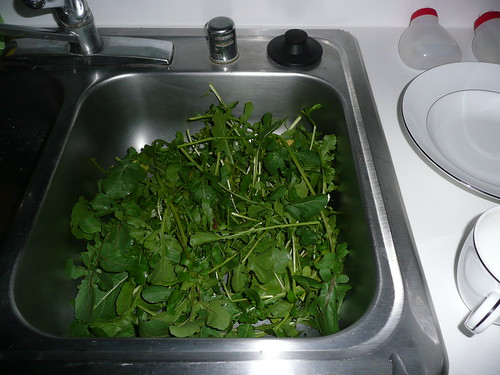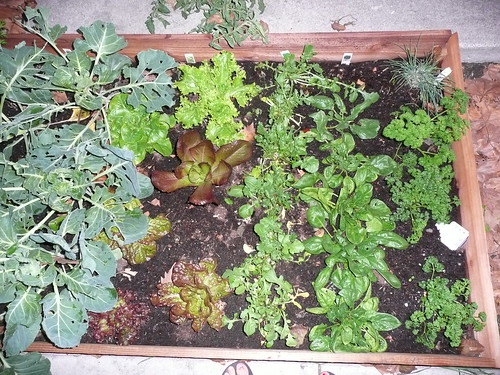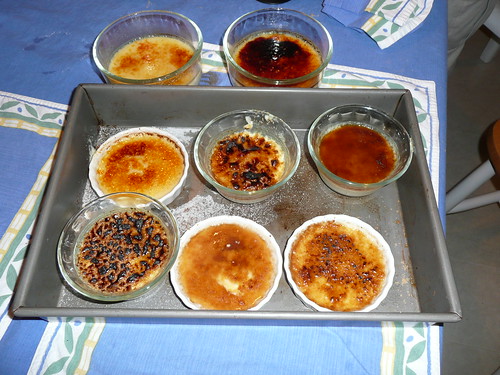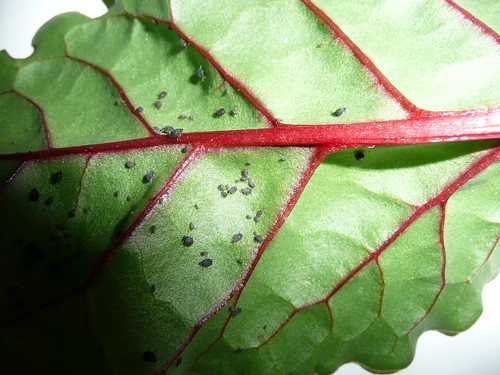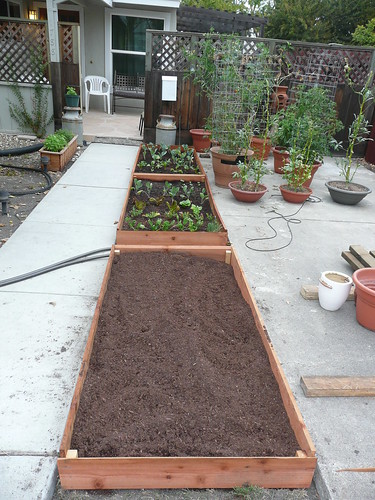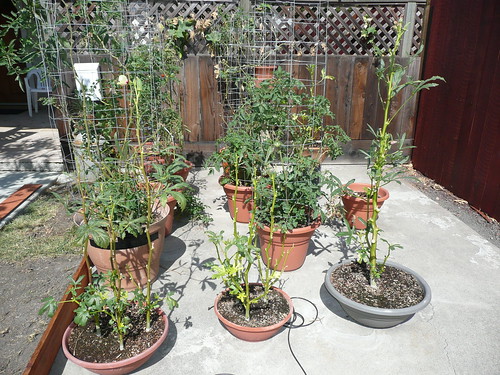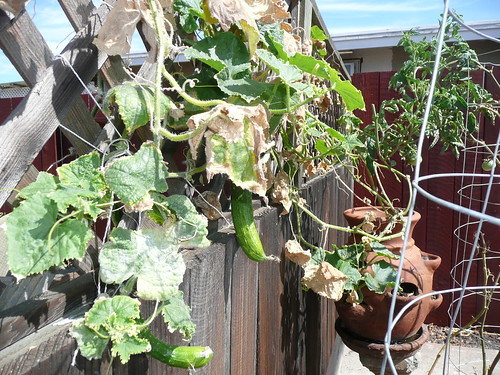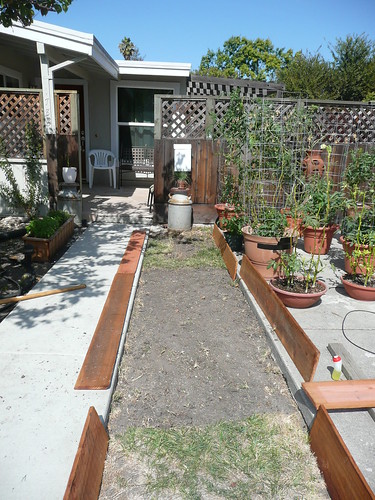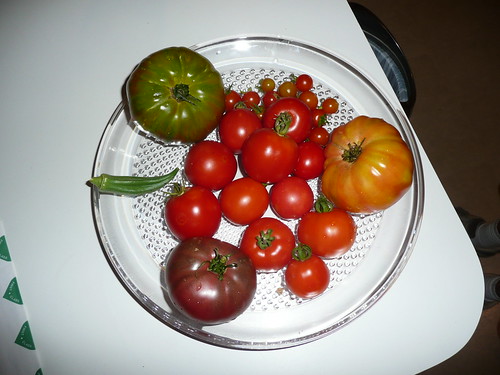Winter Garden Update
Well, it’s been 7 weeks since we built the winter garden boxes and planted the first transplants and seeds. What have we learned?
1. Swiss Chard grows quickly, and is tasty or bitter depending on your perspective. If it gets an aphid infection that you don’t treat soon enough, the leaves will all curl and be useless and you have to cut it down to nubs. I hope some of them come back…
2. The Japanese cucumber plant in the pot is still going strong and producing cukes like crazy. Definitely the most prolific plant of the year:
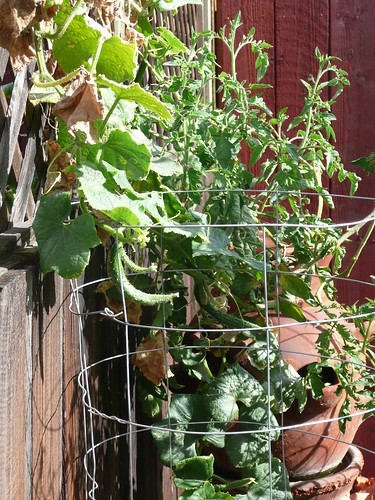
3. The Broccoli, Cabbage, and Cauliflower seem to really like the soil and were doing quite well other than some holes in the leaves we were trying to identify. The peas seem to be flowering and growing well, too:
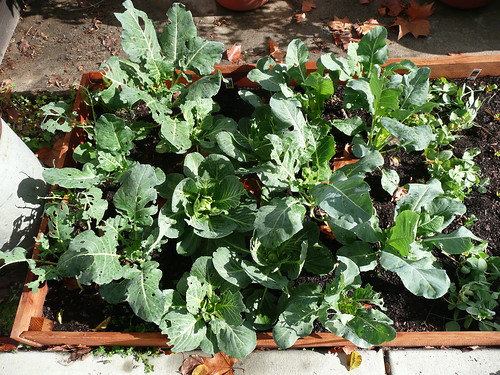
4. The first set of onion seeds all sprouted, we even had to cull, and the peas seem to be flowering and growing reasonably well. You can see the Chard between the peas on the left, and the onions on the right, trying to make a comeback:

5. The brussel sprouts seem to be growing well, but they too, have the holes in the leaves. In all of the plants with holes, they started as small shot-like holes, and then grew each week:
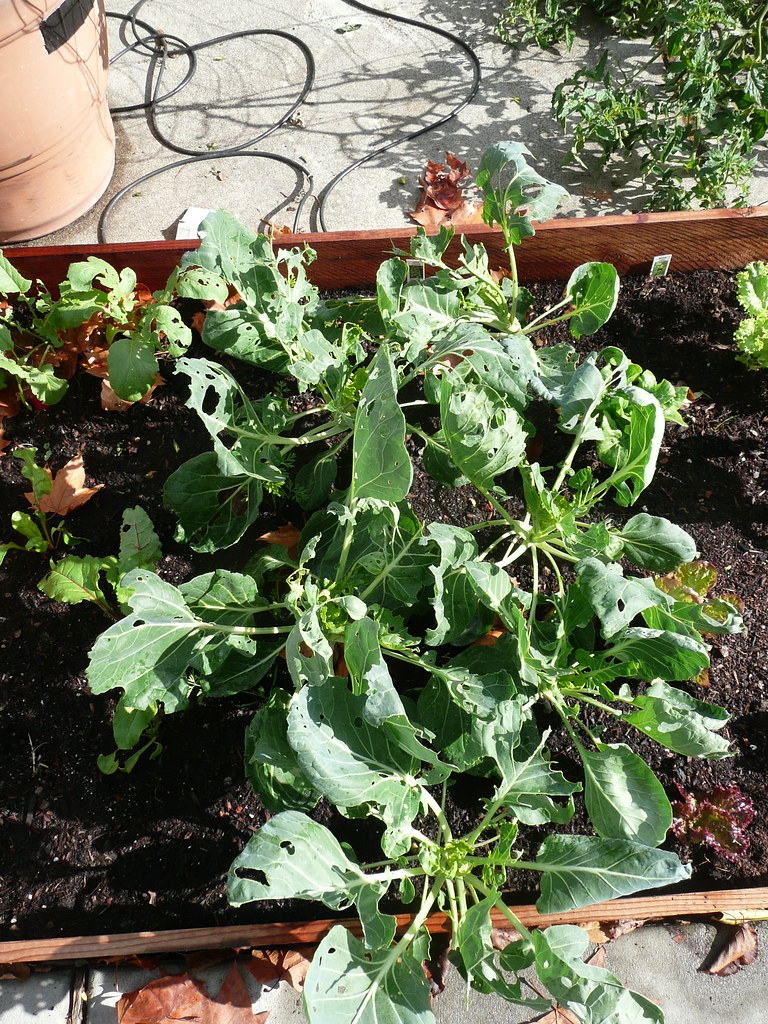
6. We planted two carrot seeds per indentation, and about half of the indentations sprouted. My gran tells me 50% is great yield. I’m not so impressed…
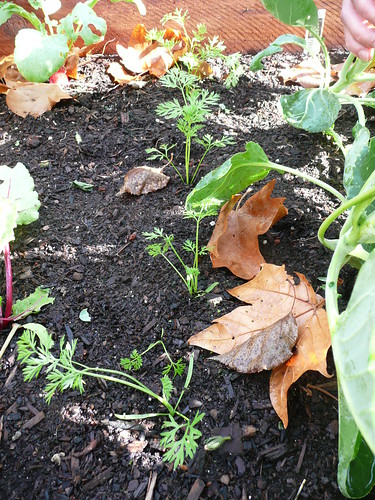
7. The beets are very sorry looking. We planted 9, 5 sprouted but 2 were destroyed by the squirrels digging nearby for their lost nuts (stupid, forgetful squirrels). To date, 3 are still hanging in there — 2 red and one yellow:
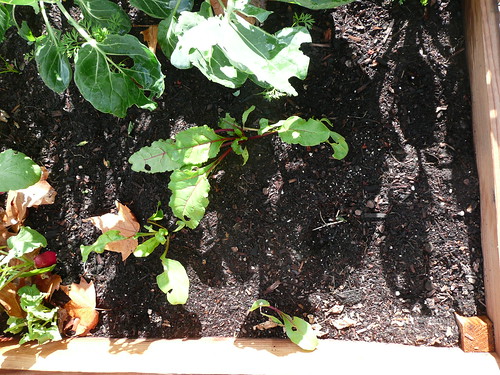
8. The French radishes were the easiest winter thing to grow from seed. They all sprouted, and produced radishes in 4 short weeks. They just keep getting bigger while we wait to eat the rest:
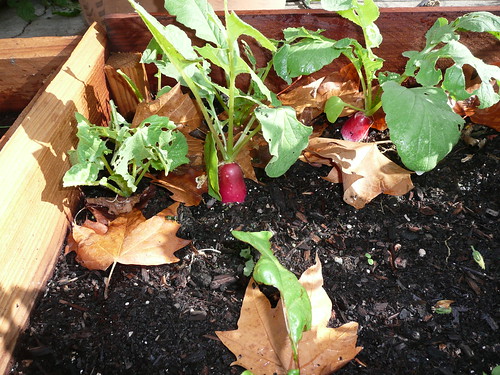
9. The transplanted greens for salad have been my favorite part of the winter garden. Very few pests. Arugula, I love you! Spinach, and mixed salad pack — you guys are awesome too. We regularly trim the outer leaves for fresh salads and then the baby leaves in the middle continue to grow outward. The parsely and chives on the far right are nice to have for fresh accents to meals (just like the herb box) Greens fresh from the plant are amazing:
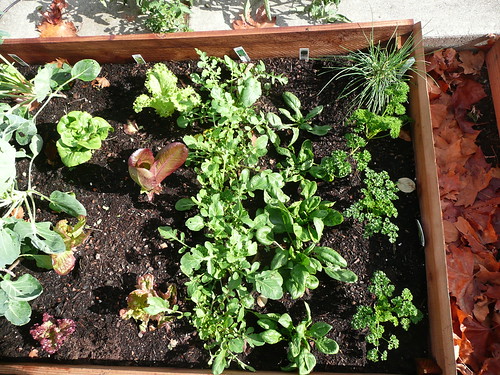
10. So far, 41 of the 42 garlic cloves we planted have sprouted. I’m holding out hope for the last one because it was 40/42 ’til this AM when the late-bloomer 41 poked through, so perhaps 42 is just even slower. I can’t wait to have 42 heads of gourmet garlic next year! Also, at the far end, we planted more onions and 6 artichoke seeds. Supposedly, artichokes are hard to germinate and take up 3 feet of space per plant. We were shocked to find the 5 of the 6 seeds sprouted despite serious squirrel destruction in this box (they are much more attracted to plain dirt than dirt with plants, so next year we will intersperse the transplants with the seeds more evenly). We surrounded the artichokes with onion seeds, most of which were decimated by the squirrels. So, in a month or so, we’ll probably cull 3 of the artichoke plants and try with a third round of onions.
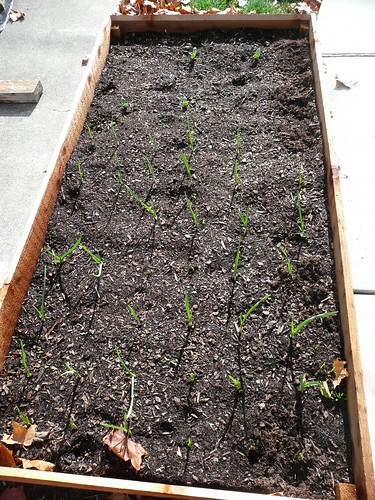
11. Remember the book about the Very Hungry Caterpillar?
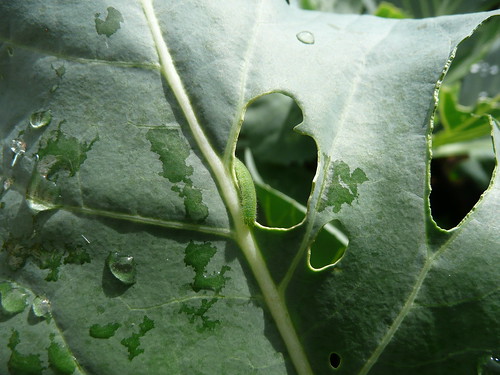
12. Yeah, we finally figured out what was causing the tiny holes in our plants. At first, we just saw lots of black dots on the plants that seemed to grow bigger over time, and some of them were darker green. The Big Book didn’t have anything to say about the balls, so I’d spray them off with the hose and we made plans to spray the plants with Neem Oil Spray in hopes that it would ward off whatever was the problem:
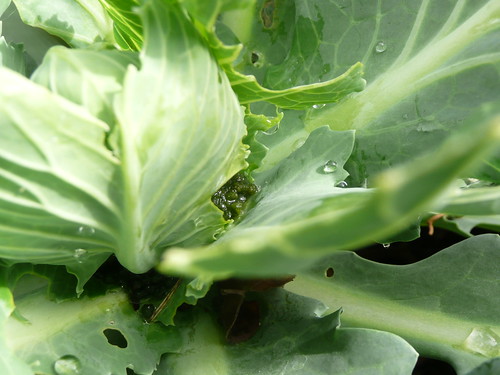
13. It turns out, the balls are caterpillar poop that grow as the caterpillars (and consequently the holes in the leaves) grow (see the right hand of this leaf for super-small balls, the first sign we saw when we had small holes):
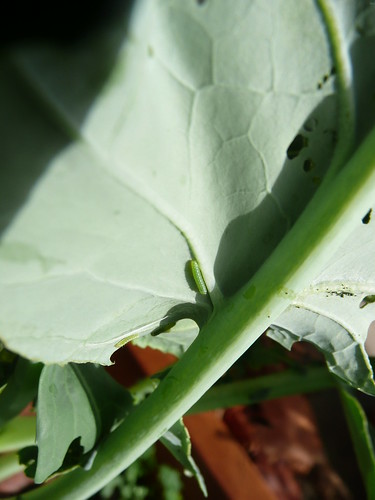
14. For some of the plants, I fear we did not act quickly enough:
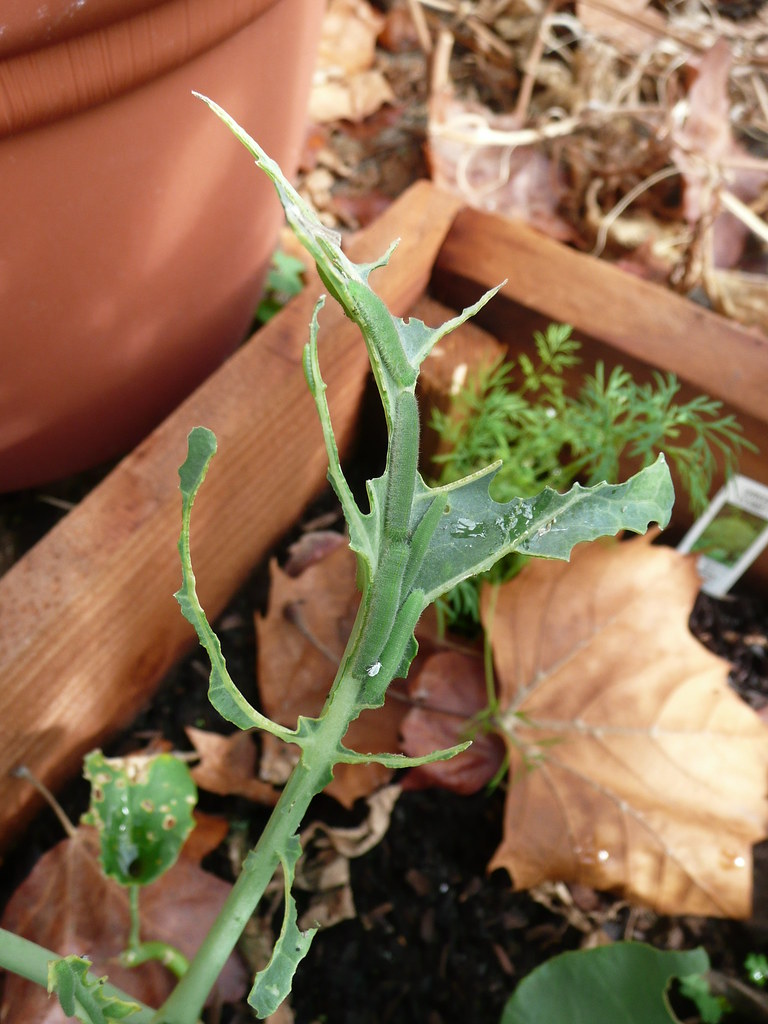
15. But finally, we had an afternoon caterpillar genocide:
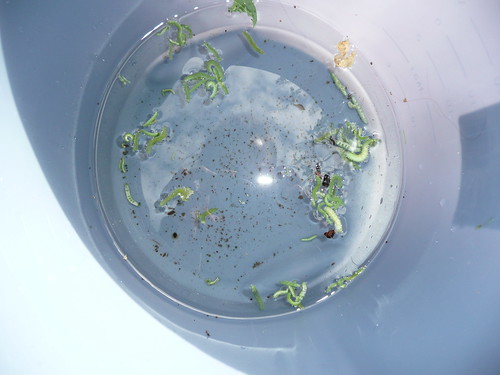
In our terrible scientific experiments, we learned that they will drown in plain water, but try to climb out. If you add bleach to the water, they don’t try to climb out. The neem oil spray also kills them if they are drenched.
16. The moral of the story is that this guy is not the friend of your cabbage, brussel sprout, brocolli, or cauliflower plants:

If you see one or more of these guys, and then you see small holes in your leaves, act quickly. I think next year we’ll try to proactively spray with neem oil.

